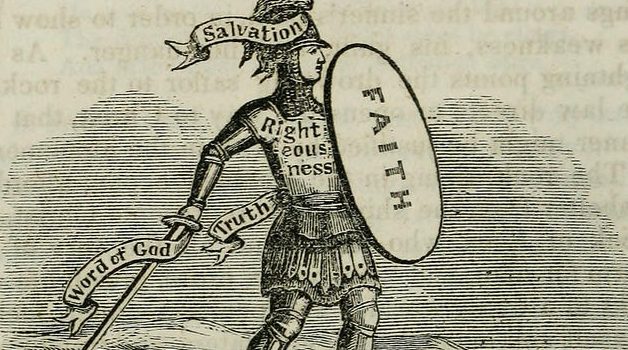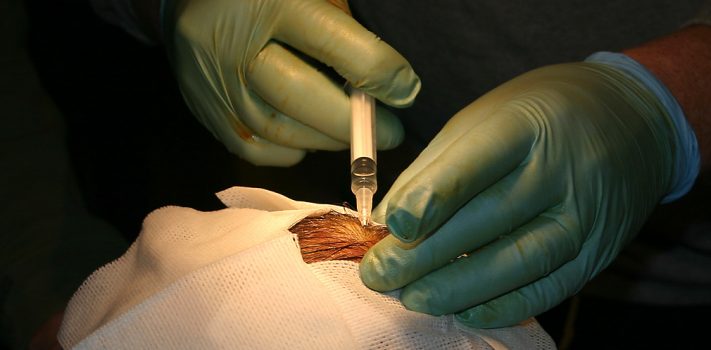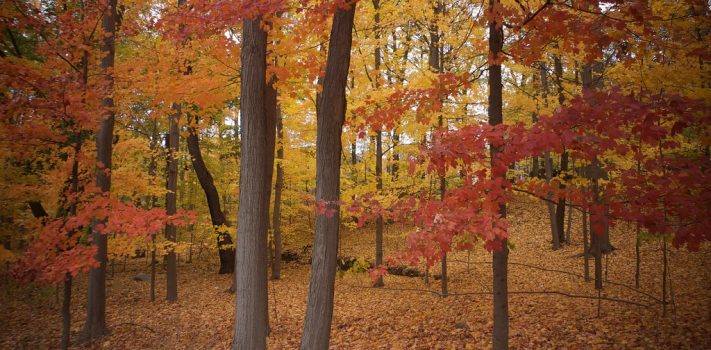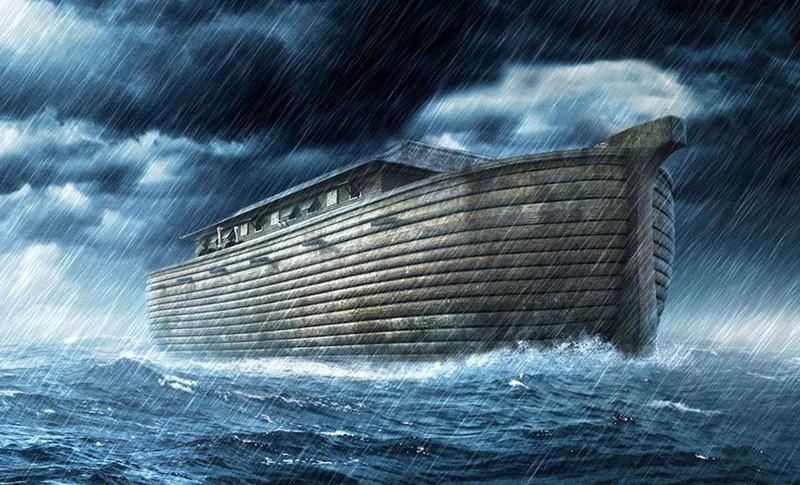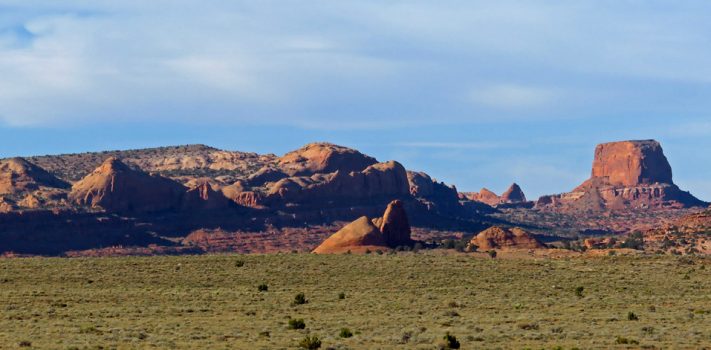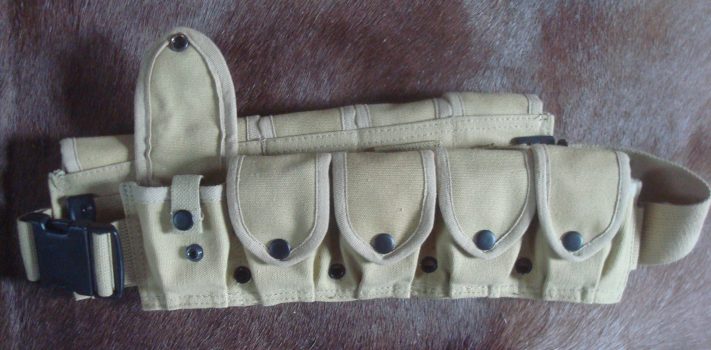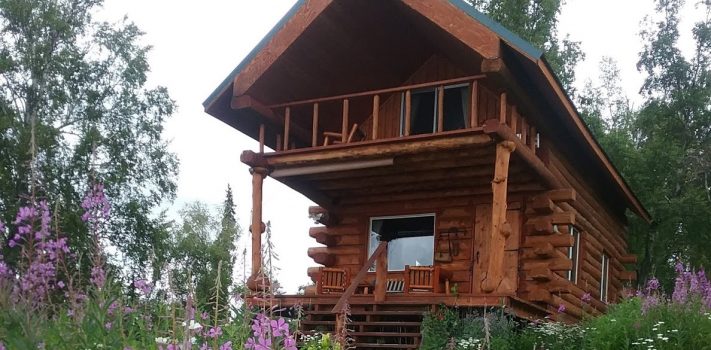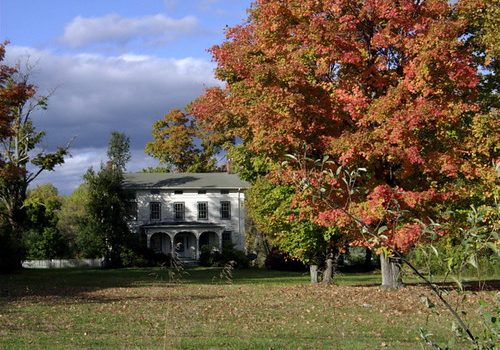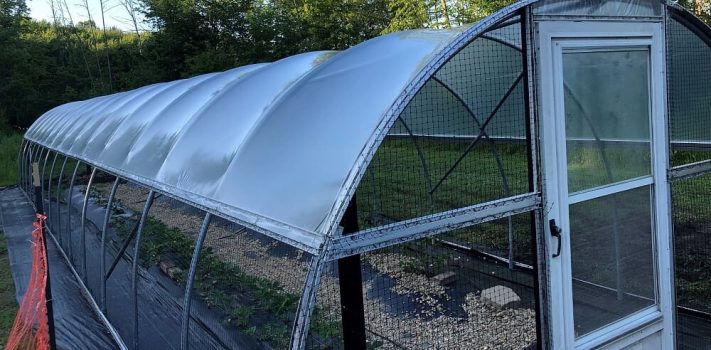What Are You Really Preparing For? by B.P.
After a fair number of years being a designated “prepper” and enjoying the heaps of blessings and trials I’ve received, it happens that occasionally I take a tally on my soul and recall the lessons from my life as a disciple in Christ. Now, your mileage may vary depending on the faith, or lack thereof, you have committed yourself to. For me, it was an easy choice to make early in life, as the benefits greatly outweighed the costs (considering an eternity in torment apart from my Creator as the greatest of these). Since making the choice nearly 50 years …

